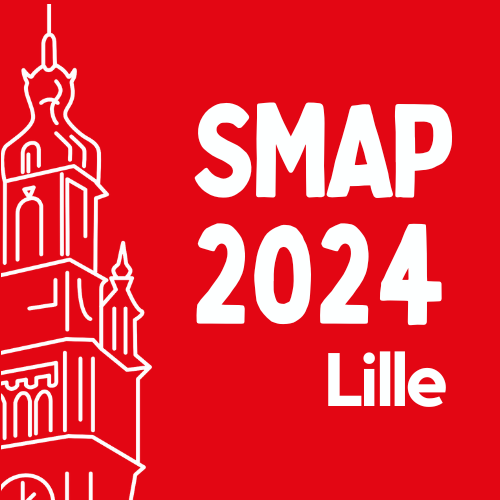
Session: Parallel session 7 - Club jeune SFSM
Comparative Analysis of Laboratory-Scale Immunoglobulin G Purification Methods from Human Serum
Introduction: Immunoglobulin G (IgG) purification is essential for evaluating its role in autoimmune diseases, which are defined by the presence of autoantibodies. Affinity chromatography with protein G is widely considered the optimal technique for laboratory-scale purification. However, this technique has some limitations, including the exposure of IgG to low pH, which can compromise the quality of purified IgG.
Objective: This study aimed to evaluate different methods for isolating IgG from serum, focusing on yield, purity, and quality of the purified IgG.
Methodology: IgG from sera was purified using the following techniques: protein G affinity chromatography, MelonTM Gel, caprylic acid-ammonium sulfate (CA-AS) precipitation, anion exchange chromatography with diethylaminoethyl (DEAE) following AS precipitation, and AS precipitation alone. Purification yields were determined by turbidimetry. Purity was assessed using 1D-SDS-PAGE-LC-MS/MS on a Q Exactive Plus Orbitrap, with data analysis performed using MaxQuant and Perseus. The avidity of purified IgG for two selected targets (SARS-CoV-2 and topoisomerase-I) was determined using a modified ELISA. Preservation of IgG glycosylation after purification was evaluated by LC-MS/MS, with glycopeptides identified using Byonic and quantified using pGlycoQuant.
Results: The alternative purification techniques yielded higher IgG amounts compared to protein G, but disparities in IgG purity were observed. Despite these differences, the quality of IgG remained consistent, as evidenced by the similarities in IgG avidity for selected targets before and after purification across all methods, as well as the preservation of IgG glycosylation.
Conclusion: Our work provides valuable insights for future studies on IgG function by recommending alternative purification methods that offer advantages in terms of yield, time efficiency, cost-effectiveness, and milder pH conditions than protein G.